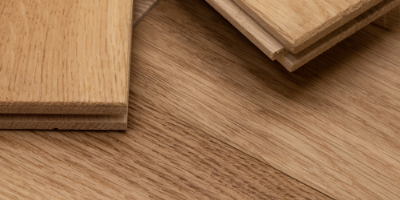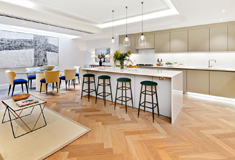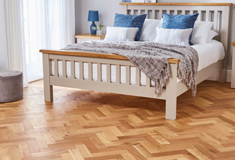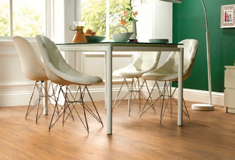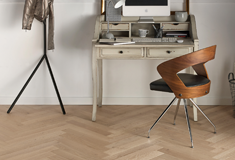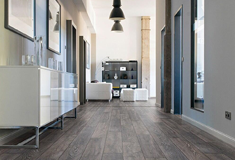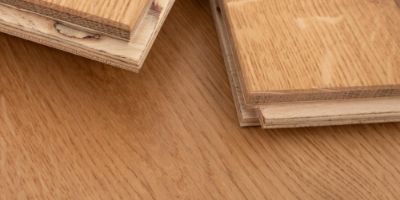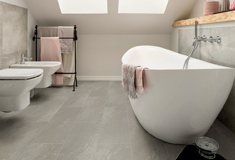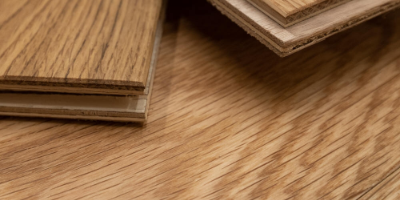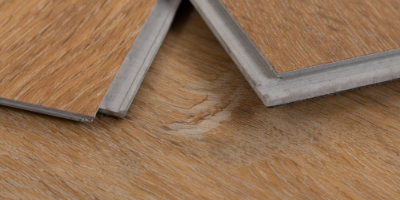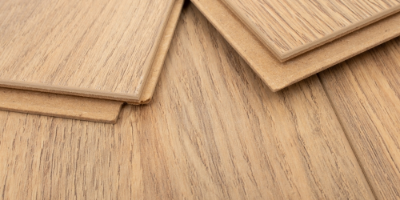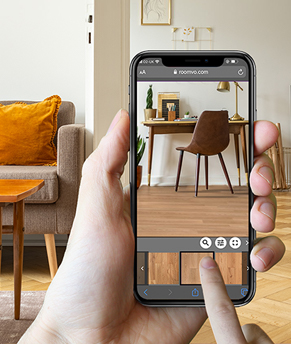All About Subfloors
The subfloor is the layer of flooring that you’ll lay your new floor on top of—typically made from plywood, concrete or the house's original floorboards. When you’re laying flooring, the type of subfloor you have can dictate what kind of installation method you use.
Since we’re often asked questions about subfloors, we’ve created a guide with the ones we hear most frequently so you can install your new floor confidently.
Can I fit my floor over two different types of subfloor, i.e. floorboards and concrete?
Yes, it is possible to fit flooring over two different subfloor types. When working with two different surfaces, however, you must ensure that the subfloors are properly prepared and levelled to ensure a smooth and even installation.
Can I fit my floor over existing flooring?
Carpet, Vinyl, Lino, Tiles and other flooring are not acceptable as subfloors, particularly if you’re looking to install solid wood flooring.
As these flooring types are all designed to be a finished surface, they don’t provide the necessary support and stability for flooring and shouldn’t be used as a structural component.
How to remove tile from wood subfloor?
If you already have tiles over your existing subfloor, these will need to be removed before you lay your new floor. You can remove the tile by starting with the trim or baseboards around the edges of the tile.
Using a hammer and chisel, break the tiles near the edges - taking care not to damage the subfloor. When you’ve found a starting point, lift and remove the remaining tiles with a pry bar or floor scraper. Take your time working in small sections, breaking and removing the tiles until the area is clear.
You can use a scraper or putty knife to remove any remaining adhesive or mortar from the subfloor. Finally, prepare the subfloor to ensure it is free from dirt or debris before installing new flooring.
Does the subfloor have to be completely flat?
Your subfloor should be completely flat to ensure a smooth finish on the installation and prevent squeaky floorboards. You can find further guidance on this in your manufacturer’s guidelines.
If you’re installing over two different types of subfloors that have a height difference, you may need to use transition strips or a levelling compound to create a seamless transition.
Do I need a DPM if the subfloor is screeded?
If you have a screeded floor, it’s recommended to use a Damp Proof Membrane (DPM). The role of the DMP is to provide an additional layer of moisture protection. The DMP will ensure your floor doesn’t become damaged by moisture, particularly if you live in areas that are typically affected by dampness.
Our 7mm Professional Laminate & Wood Flooring Underlay comes with a DPM attached, however, if you choose a different type of underlay you'll need to buy a DPM separately.
What moisture level does the subfloor need to be before I can lay the flooring?
The specific moisture requirements of the subfloor can vary depending on the type of flooring you’re laying. You’ll need to consult the manufacturer’s guidelines to find the optimum moisture levels before installation.
It’s important to ensure your subfloor is the correct moisture level. This can be measured using a moisture meter to get an accurate reading.
What thickness plywood do I need to use for the subfloor?
It’s typically recommended that a plywood subfloor has a thickness of at least ¾ inch. However, it’s not a one-size-fits-all. Factors such as the spacing of floor joists and the type of flooring can dictate how thick the subfloor needs to be.
You should follow the manufacturer’s guidelines as to the optimum thickness of your plywood subfloor. If you’re still in doubt, consult a flooring professional for a recommendation.
What’s the difference between a floor and a subfloor?
When referring to the floor, we typically mean the final surface that you walk on, such as hardwood or laminate. The subfloor, on the other hand, is the structural layer beneath the floor that provides support and stability.
So, there you have it. Hopefully this blog has helped answer your subfloor questions, but if you need any further help, just get in touch with our friendly flooring experts.
Don’t forget to follow us on Instagram and tag us in your flooring transformation posts #MyLuxuryFloor. We can’t wait to see your new floor in action!

